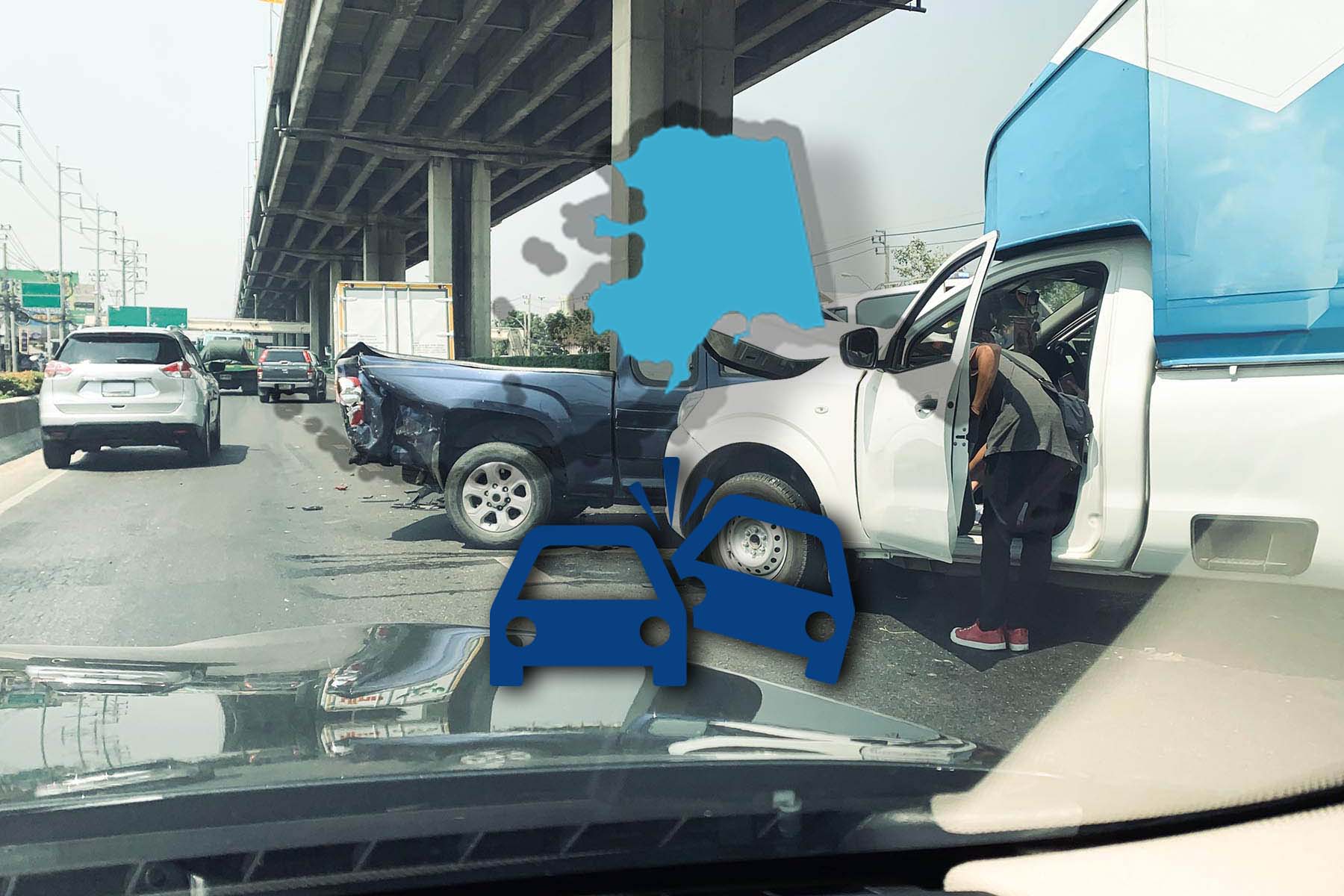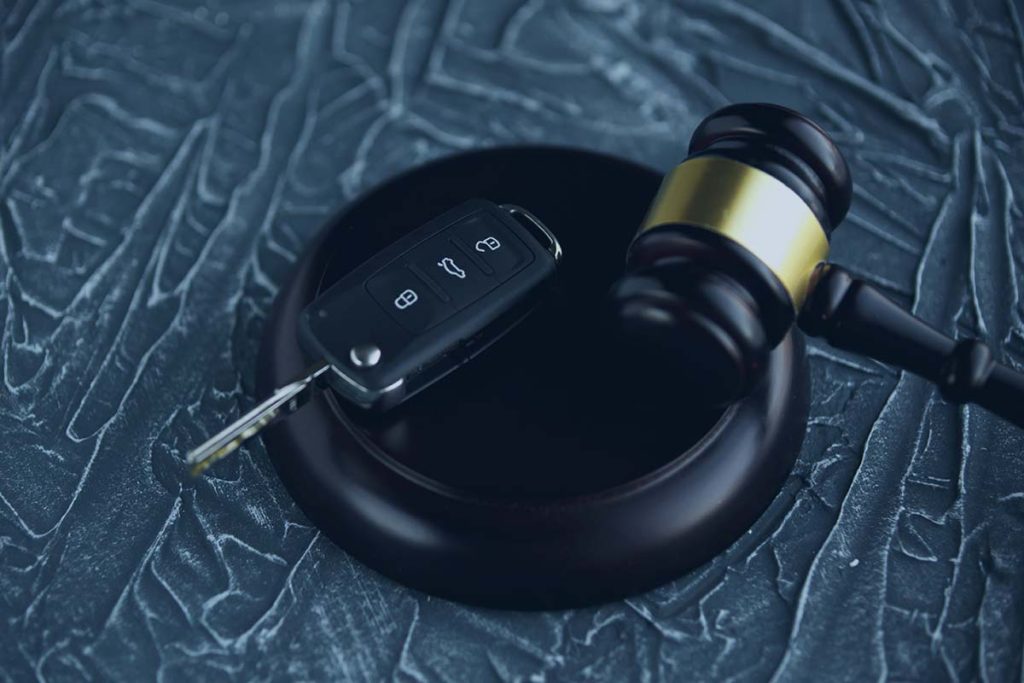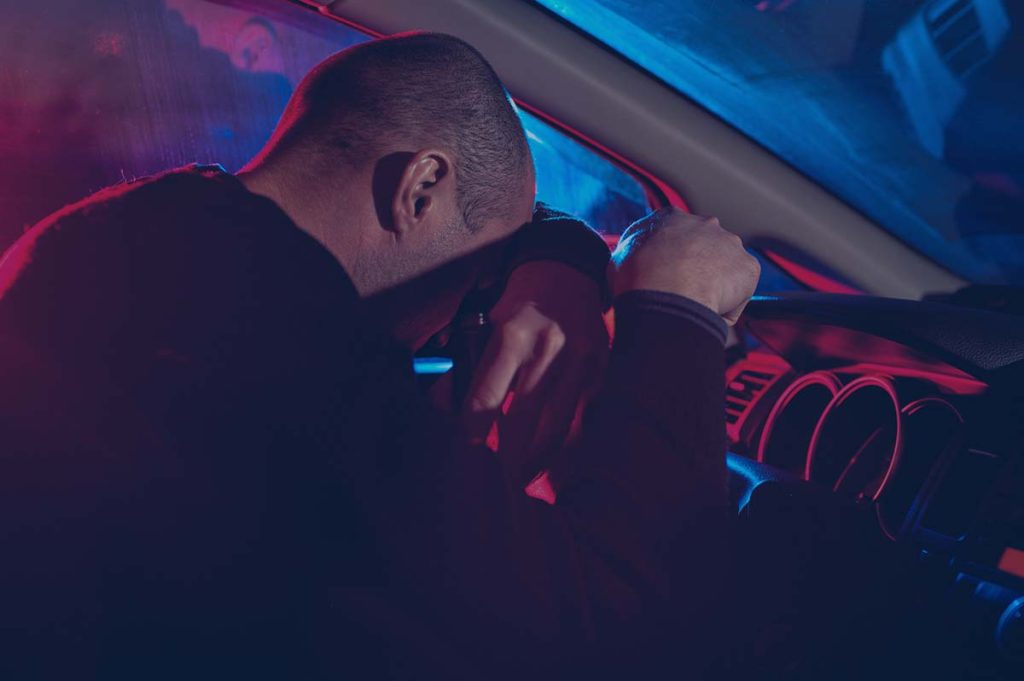
Alaska Hit and Run Laws: Is leaving the scene of an accident a felony or misdemeanor?
- Alaska Hit and Run Laws: Is leaving the scene of an accident a felony or misdemeanor?
- Title 28 Motor vehicles 28.35.050. The action of Operator Immediately after Accident
- Can you be charged with leaving the scene of the accident in Alaska?
- What to do after a hit and run in Alaska
- What happens if the victim does not suffer injury or death?
- What is the charge for hit and run in Alaska?
- How is fault determined in Alaska?
- Can you report a hit and run after leaving the scene?
- What happens if you hit and run a car or person while drunk in Alaska?
- Alaska hit and run statute of limitations
- Alaska hit and run defenses.
Under Alaska statutes title 28.35.050 – Leaving the scene of an accident in Alaska is either a felony or misdemeanor. The facts presented determine the charges.
Quick take:
- If you flee the scene of an accident, you are guilty of a misdemeanor if the accident results in property damage. If it results in injury or death, or if you were under the influence, the charges escalate to felony charges.
- Do not leave the scene of an accident unless instructed to do so by law enforcement or whilst aiding the victim
- Not aiding the victim is a punishable offense.
- Your lawyer will use police reports and facts presented to shape your defense strategy.
- The maximum punishment for hit and run resulting death or injury is up to ten years in prison and a fine of up to $150,000.
- Alaska hit and run laws do not prevent prosecutors from pursuing other charges.
References
- Title 28 Motor vehicles 28.35.050. The action of Operator Immediately after Accident
- 28.35.060.Duty of operator to give information and render assistance
Title 28 Motor vehicles 28.35.050. The action of Operator Immediately after Accident
Under title 28, it is unlawful for an operator of a motor vehicle involved in an accident to flee from or leave the scene of an accident. The statute requires the driver to stop the vehicle at the scene or as close as possible to the scene until they complete the following requirements. The statute reads in part, quote, “An operator of a vehicle involved in an accident resulting in injury to or death of a person shall immediately stop the vehicle at the scene of the accident or as close to it as possible and return to, and remain at, the scene until the operator has fulfilled the requirements of AS 28.35.060.“
- You must render reasonable assistance to the victim or anyone who needs it.
- Make arrangements for the attendance upon the person by a physician.
- Give your name, address, vehicle license number, and other relevant information to the victim, occupant, or the person attending to the victim.
What happens if you do not complete these requirements?
Under 28.35.060. anyone who fails to comply with the requirements above, upon conviction, shall be punished by up to one year in prison and/or a $500 fine. In addition, if you fail to assist an injured person, the crime is punishable by up to ten years in prison and a fine, not more than $10000.
Note: these requirements do not apply to anyone who is physically incapable of fulfilling them.
Can you be charged with leaving the scene of the accident in Alaska?

If you do not meet the requirements above, or if you flee the scene or were under the influence of drugs or alcohol at the time of the accident, you may face criminal charges and a lawsuit from the victim. That makes it vital to contact a defense attorney.
What to do after a hit and run in Alaska
Suppose the accident results in serious damage to a person or property. You should contact emergency services and an attorney, especially if it is unclear which party is responsible for the accident. Also, do not be quick to take the blame because Alaska is a “pure comparative fault rule” state. Let the investigators reveal their findings first. That said. What you should do immediately after a hit and run in Alaska is:
The victim, passenger, or person attending to the victim
- Immediately call law enforcement and emergency services.
- Document the incident. Take pictures, record the driver’s information, car damage, make, and everything else you can get.
- Write down as many details as you can.
- Contact an attorney.
- Contact your insurer.
The driver
- Do not flee the scene. Fleeing the scene escalates the accident into a crime if you were not under the influence.
- Render reasonable assistance to any injured party.
- Provide the victim, police, or passenger with your name, home address, vehicle registration number, and license/permit.
Note, section A of the statute reads in part quote:
“Under no circumstances is the giving of assistance or other compliance with the provisions of this paragraph eveidence of the liability of an operator for the accident”
What to remember:
- You have a legal responsibility to aid the victim or injured party.
- Do not move the vehicle if the accident results in death or serious injury.
- If it is a minor accident and the vehicle is still mobile, move it to a safe location near the scene.
What happens if the victim does not suffer injury or death?
Under 28.35.050, if you hit an unattended vehicle or if the victim does not suffer injury, you must stay at the scene until you notify the owner or person operating the vehicle. What if you cannot contact the owner of the vehicle?
In such a scenario, the statute says, quote. “If the operator or owner of the unattended vehicle cannot be located, then the operator shall leave in a conspicuous place in or upon the unattended vehicle, a writing stating the name and address of the operator and of the owner of the vehicle that struck the unattended vehicle and setting forth a statement of the circumstances of the accident.”
What is the charge for hit and run in Alaska?
A hit and run in Alaska may result in the following penalties
Hit and run resulting in injury or death in Alaska
If a hit and run results in death or injury in Alaska, the driver or at-fault party is guilty of a class 3 felony, punishable by up to ten years in prison and a $150,000 fine. The court may also revoke the individual’s driver’s license for up to ten years -not counting prison time.
Hit and run unattended vehicle
Hitting an unattended vehicle is a misdemeanor punishable by a $500 fine and up to one year in prison. The facts presented will determine if the crime is a class 3 or class 2 misdemeanor.
In short, do not leave the scene of an accident in Alaska.
How is fault determined in Alaska?
Alaska is one of the thirteen states that use the “pure comparative fault rule” to determine fault. Under this rule, the plaintiff or victim may recover damages even if the individual was responsible for the accident, but not the full amount. What do I mean?
If the court finds that the plaintiff was 60 percent at fault for the accident, that individual may only recover 40 percent of his damages. A jury decides the percentage responsibility of each party, making it advisable to collect all the information you can at the scene and not admit fault.
What to remember
- A jury determines the percentage of fault for each party.
- Your share of fault reduces your damages award.
Why you should not admit fault in Alaska after a hit and run
Your insurer and law enforcement will investigate the incident. Admitting fault at the accident scene or in your report may result in the statement being used against you during a claim. Remember, state law does not require you to admit fault. Furthermore, your insurance may use your admittance to deny you compensation.
What words should you avoid?
- I apologize
- It was my fault
- Sorry
- I did not see the other car.
If it is a serious accident, we recommend consulting with an attorney before making any statement that prosecutors may use against you.
Can you report a hit and run after leaving the scene?
You may, but remember, leaving the scene of the accident is a violation of title 28.35.050. meaning it may result in prison and a fine. If the accident does not result in serious injury or death, and you leave the scene, you should first collect all the information or evidence you can to present to the police. Should you file a police report after a hit and run?
As mentioned, police reports are used by attorneys on both sides to determine the at-fault party. However, several factors determine if the report is admissible or inadmissible in court, making it vital to contact a defense attorney.
What happens if you hit and run a car or person while drunk in Alaska?

Drunk driving or driving under the influence is a violation of state law. Because of that, if you hit a person or car then flee the scene, you may face multiple charges, including DUI (driving under the influence), negligence, hit and run, manslaughter, vehicular homicide, and other charges that apply. For a first offense, Driving Under the Influence is a class A misdemeanor punishable by a fine and a mandatory minimum sentence of seventy-two hours imprisonment.
Alaska hit and run statute of limitations
If you are the victim of a hit and run, you have two years from the time of the incident to file a claim. Note that if your negligent behaviour was the direct cause of the accident or if you were 100 percent responsible for the accident, you are not eligible for compensation.
Alaska hit and run defenses.
In Alaska, the facts presented will shape your attorney’s defense strategy, making it vital to gather as much information as you can at the scene of the accident. Some defenses your attorney may use include.
You did not know of your involvement in an accident
As mentioned, after an accident, state law requires you to stop the vehicle immediately. Because of that, the plaintiff or victim must prove beyond a reasonable doubt that you knew that you hit something or someone and chose not to stop. Note, investigators will assess the damage to the vehicle, security camera footage, and anything else they can use against you.
Your car was stolen or not in your possession
If you reported the car stolen or not in your possession at the time of the incident. Your attorney may use that as a defense.
Involuntary intoxication
Involuntary intoxication is a possible defense that only works if you do not voluntarily consume alcohol or drugs. However, the majority of defense attorneys shy away from using this defense.
Other Alaska Laws